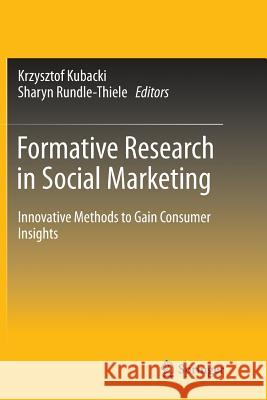Formative Research in Social Marketing: Innovative Methods to Gain Consumer Insights » książka
topmenu
Formative Research in Social Marketing: Innovative Methods to Gain Consumer Insights
ISBN-13: 9789811094552 / Angielski / Miękka / 2018 / 290 str.
Kategorie:
Kategorie BISAC:
Wydawca:
Springer
Język:
Angielski
ISBN-13:
9789811094552
Rok wydania:
2018
Wydanie:
Softcover Repri
Ilość stron:
290
Waga:
0.42 kg
Wymiary:
23.39 x 15.6 x 1.6
Oprawa:
Miękka
Wolumenów:
01
Dodatkowe informacje:
Wydanie ilustrowane











